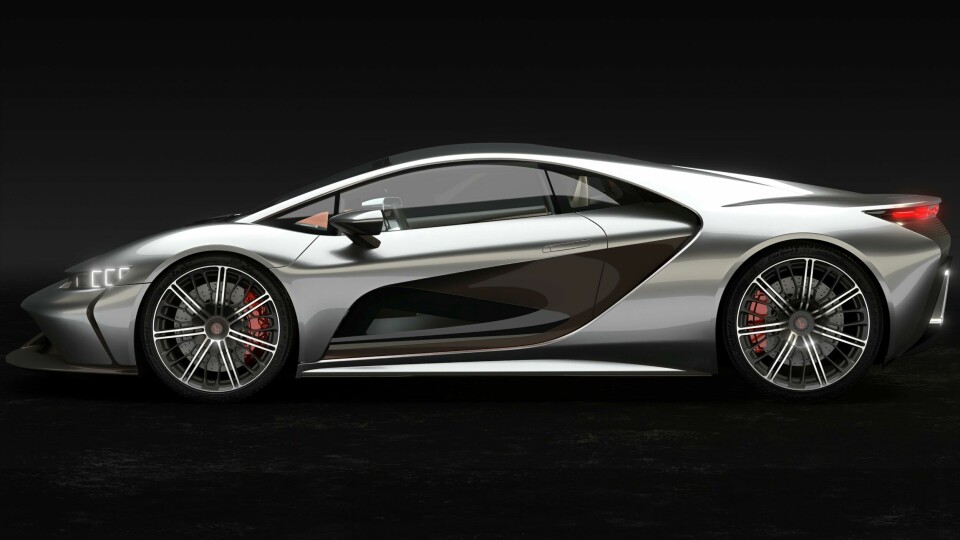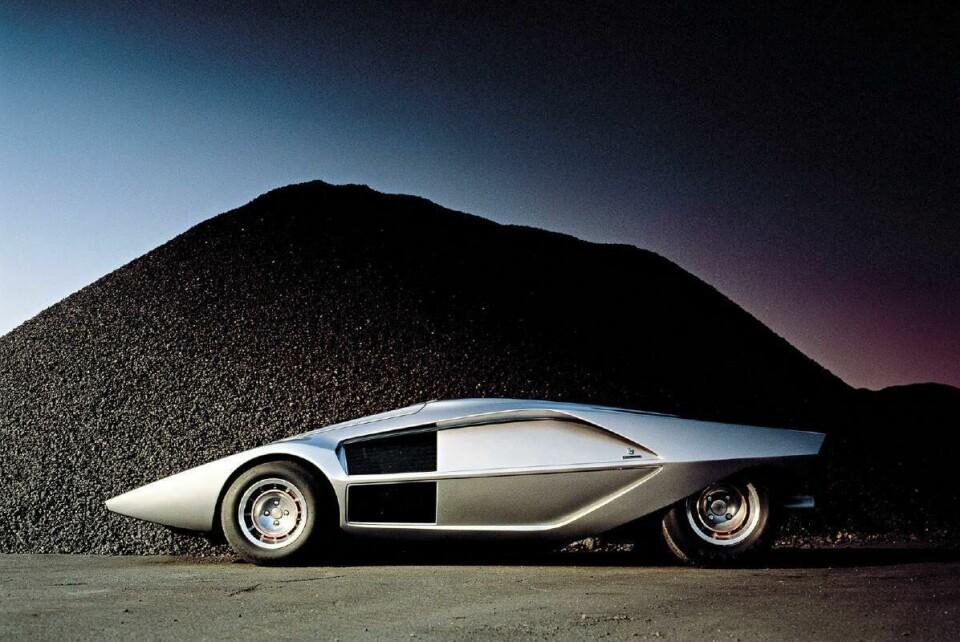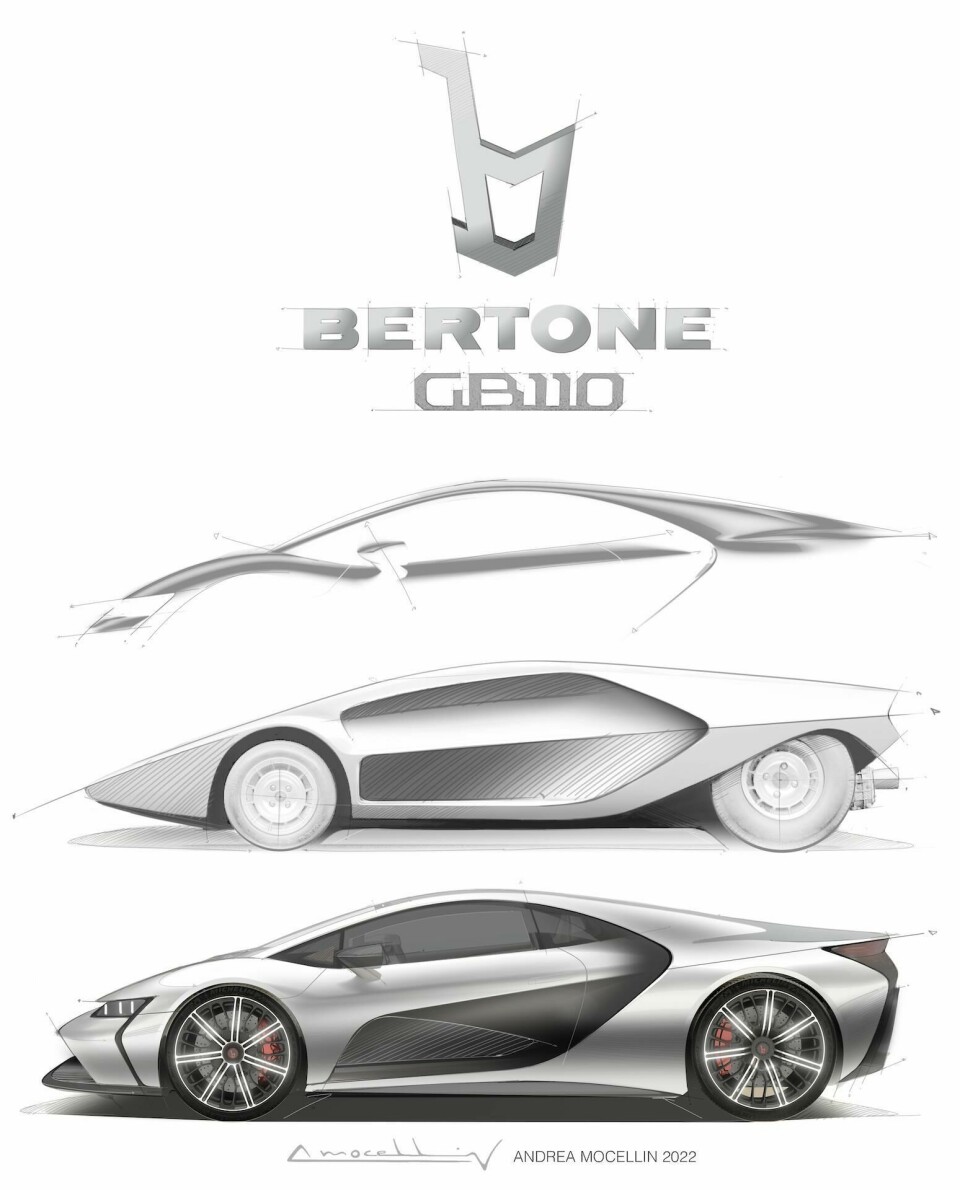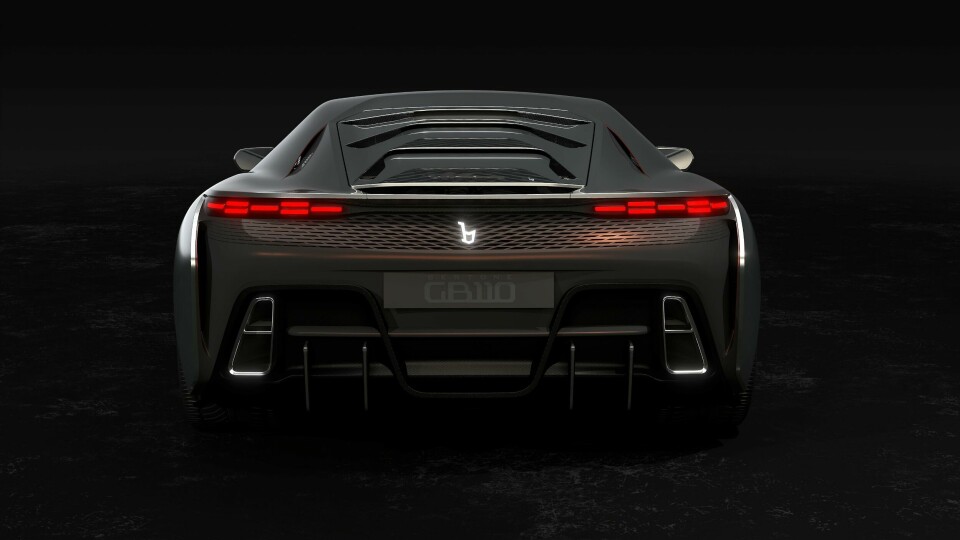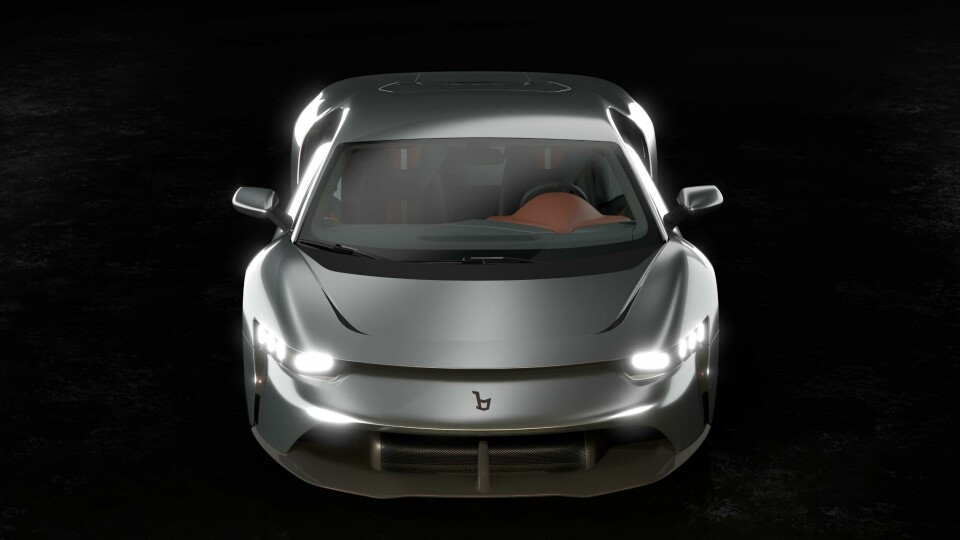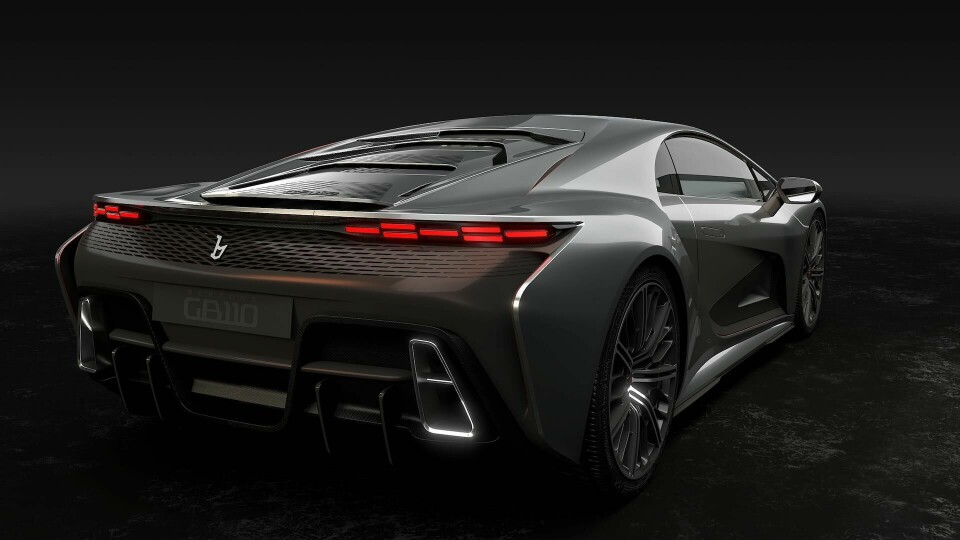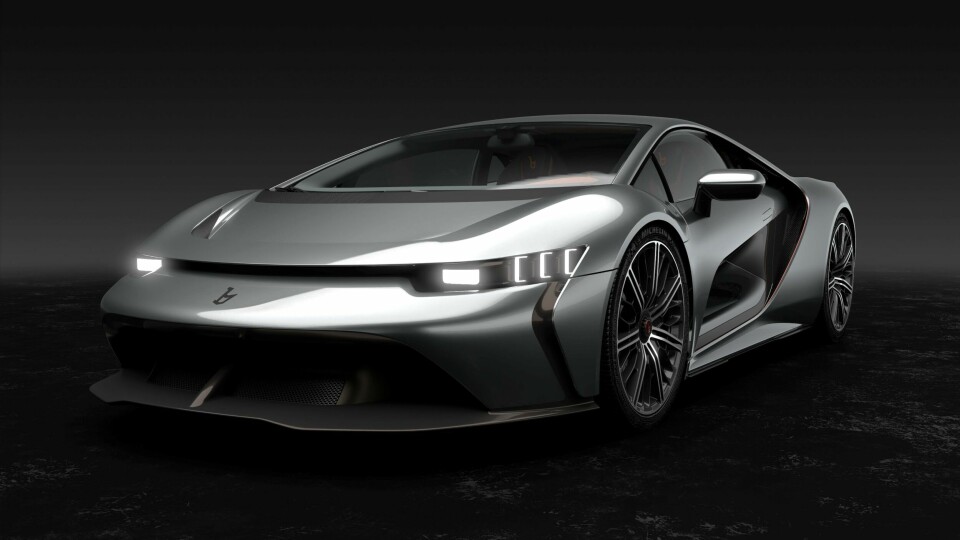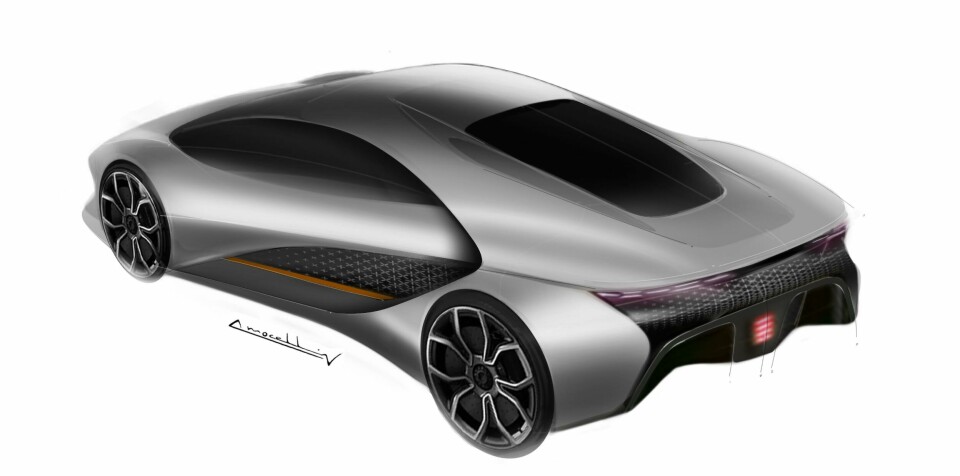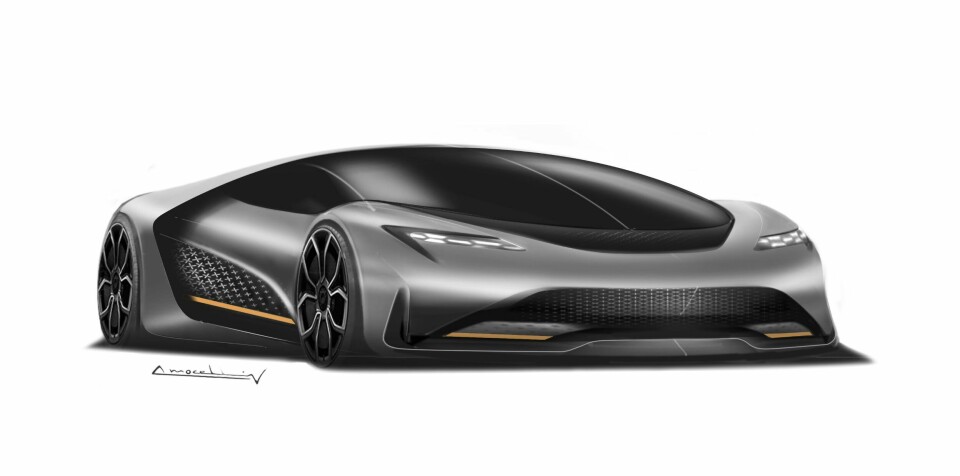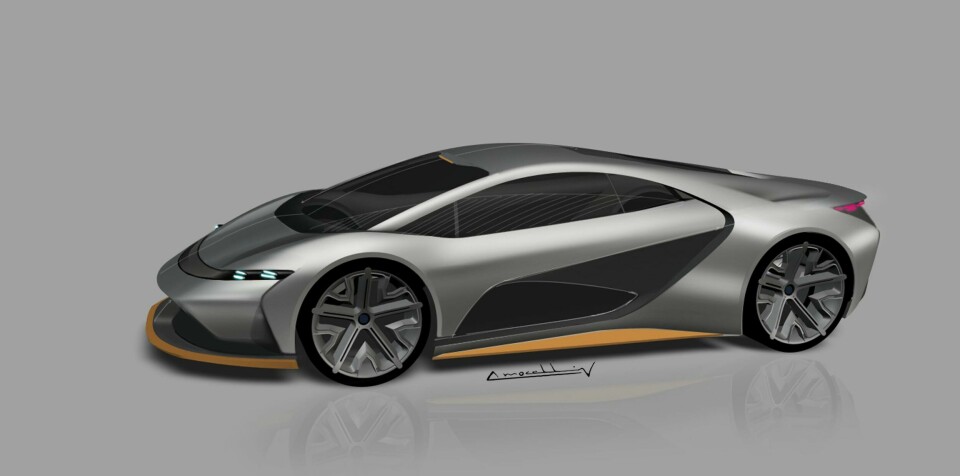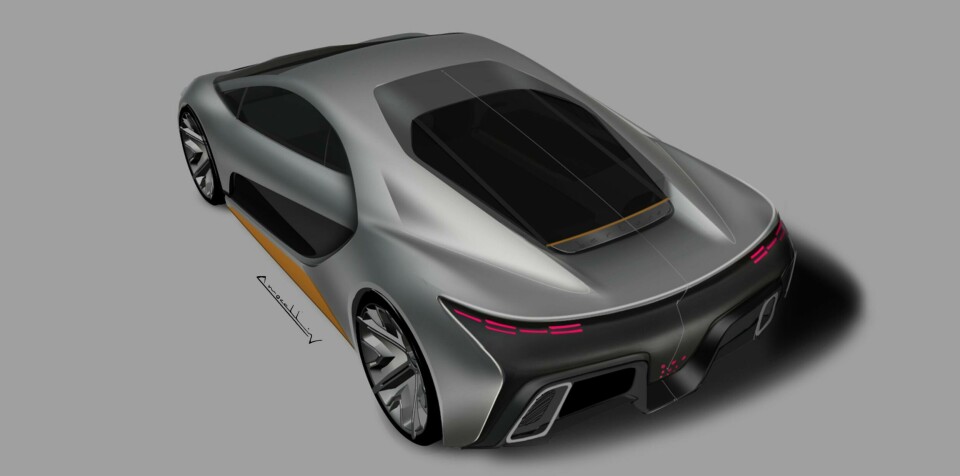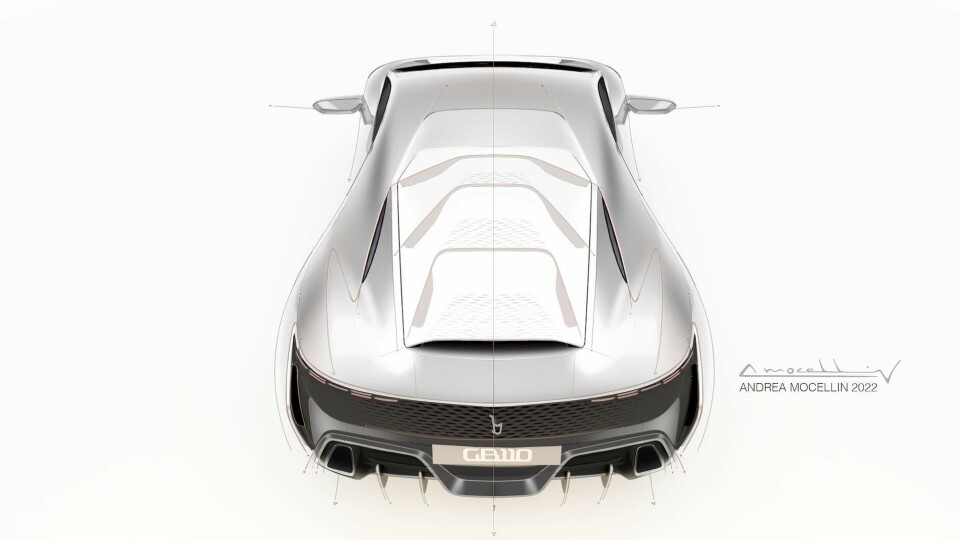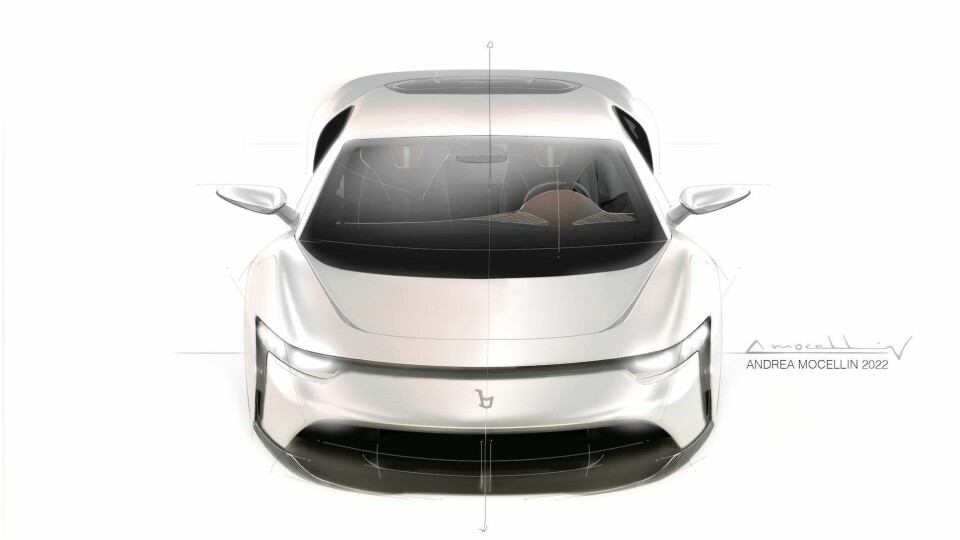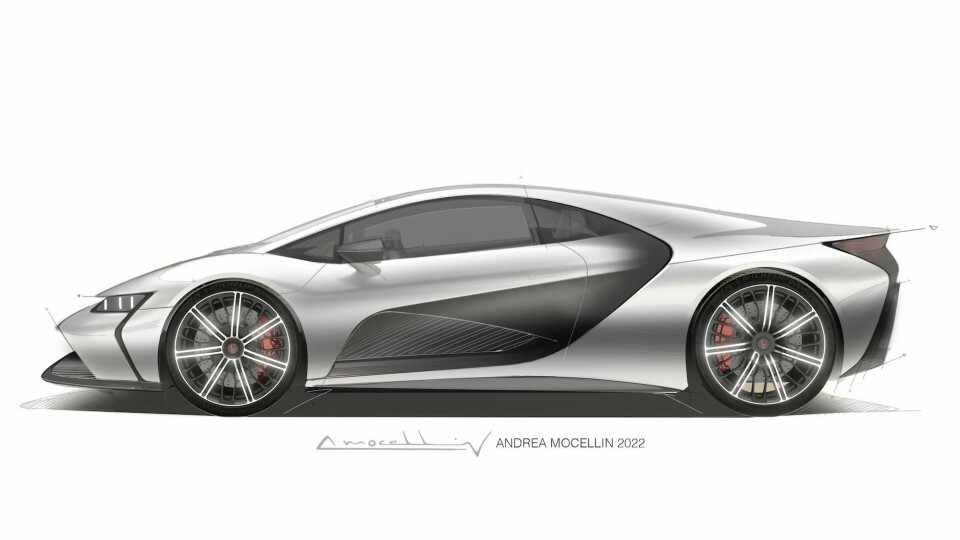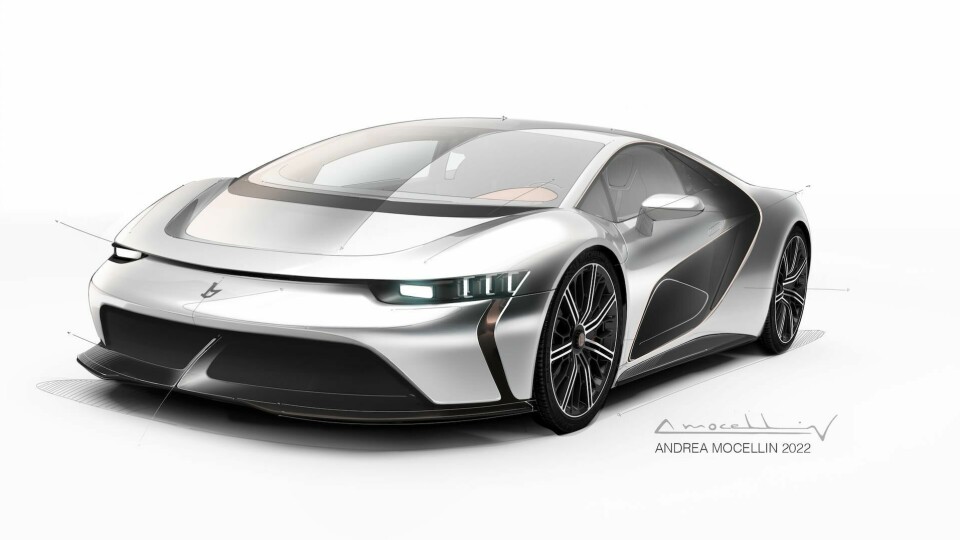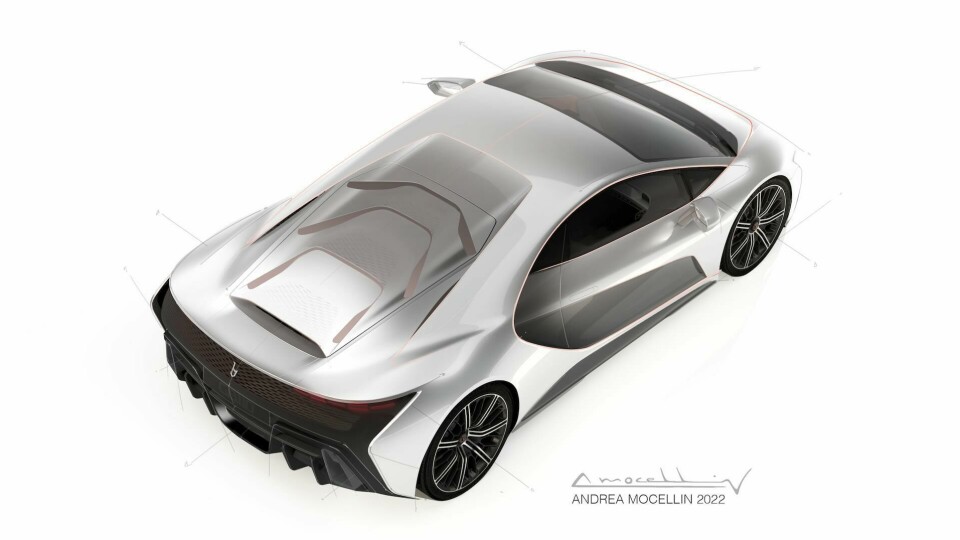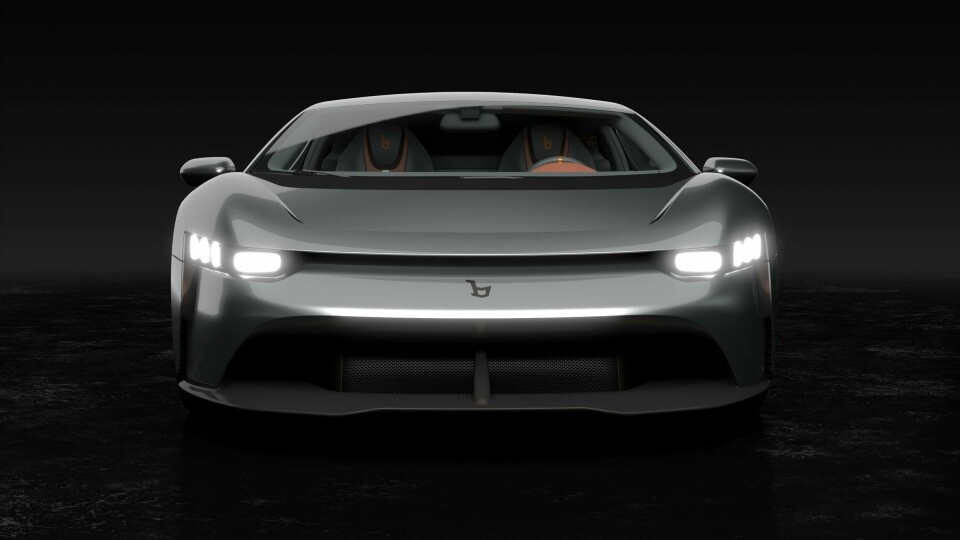
Bertone designers discuss GB110 supercar
After a lengthy hiatus, Bertone is back and with a “provocative” new hypercar, the GB110. We caught up with the project’s lead designers to find out why the design house is back and how it approached its first new car in so long
Having teased a new project during the latter stages of 2022, Italian design powerhouse Bertone is back. In December it officially revealed a new hypercar – the GB110 – just in time to celebrate its 110th anniversary. But it is more than just a render – the car is very much real and was designed with production intent in mind.
If all goes to plan, the GB110 will reach customers at some point in 2024 (albeit with a limited run of just 30 units or so). The result of a no-frills ‘Bertone mindset’, the car was designed from scratch in just six months through a close collaboration between design and engineering: Andrea Mocellin led the exterior design and was brought on board by design manager Giovanni Sapio. They are based in Munich and Brussels respectively and have worked closely with Bertone’s new owners, the Ricci brothers, who bought the design house back in 2020.
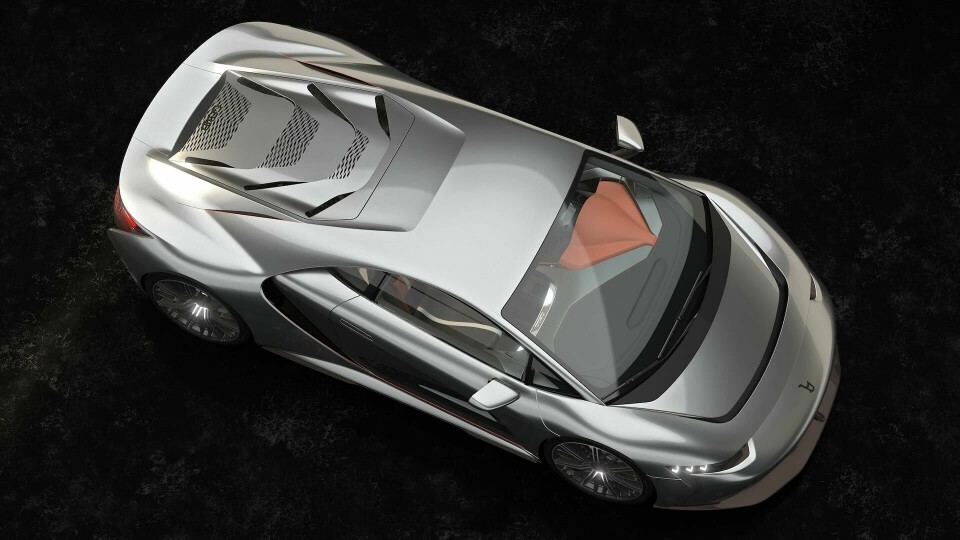
The significance of the GB110 project is not lost on Mocellin, who describes it as an honour to be involved in the brand’s revival. “This was a once in a lifetime opportunity. Anyone that knows car design knows Bertone,” he explains. And although he insists there is not a looming pressure to ‘get it right’, he recognises that it’s a slightly different challenge based on the timescale and a push for production-readiness.
As a car designer, it was sad to see the brand disappearing in a way
“We all know about the concept cars from the past, but this is a production car so it was a completely different responsibility to put something on the road and not something that stays in the museum,” he says. “As a car designer, it was sad to see the brand disappearing in a way. When you are born as a car designer into this land you want to see it again in its role of being an inspiration for the car industry.”
So then, what of the car itself? The proportions are typical of a high-performance two-seater supercar with gaping air intakes, louvres over the engine bay at the rear and a cab-forward design. The silhouette is partly inspired by the inimitable Lancia Stratos Zero concept car, arguably as ground-breaking today as it was at its launch in 1970. More specifically, it is the wedge-shaped roof and shoulder line of the Zero that can be seen in the GB110’s side profile; we would have loved to see a partially enclosed rear wheel once more, however. But as Sapio tells Car Design News, it was about “inspiration not replication.”
We wanted to extract some design cues from the past
There are hints of the 1992 Blitz, for example, when it comes to the aggressively segmented bonnet of the GB110. The doors are inset, reminiscent of the 2009 Mantide concept. The C-shaped aerial view is a nod to the Bat concept car series of the 1950s. It is all part of the underlying principles of Bertone design, taking subtle design cues from other Bertone models only where it made sense. “We wanted to extract some design cues from the past,” says Sapio.
Elsewhere, and the exterior is accented by minimalist headlights that sit at each corner of the front mask, accentuating the car’s width. The team opted against a litany of daytime running LEDs as decoration, sticking with a simple tiger-scratch and spotlight combination at the front. At the rear, the taillights are formed of 80s-style pixels that rise and fall to give the appearance of an audio equaliser.
And even a casual glance would make clear that this is not an EV, with more traditional proportions that are not straight out of the wind tunnel. Engineering did influence the design of course – the car is ICE-powered and should run on plastic-derived fuel – but not in the sense of maximising range. Downforce, cooling and airflow were bigger priorities. The packaging of the powertrain naturally led to more a more conventional supercar aesthetic.
There was less computer work, and more getting your hands dirty
As part of the original brief handed down by the Ricci brothers, the GB110 ultimately had to look “powerful from all angles,” according to Sapio. “If Pininfarina is elegant and pure, Bertone is provocative, avantgarde and perhaps more shocking to some people,” he explains. The sketches below show how the design evolved through an initial, intermediate and final stage.
The design process itself was also inspired by the old Bertone ways, working quickly and with a full-size physical model despite the obvious time constraints of a six-month project. “There was less computer work, and more getting your hands dirty,” notes Mocellin.
This is not a philanthropic venture of course – it will need to make money – but there is a wider conceptual goal for the design team. Buyers of the GB110 should view the car as a work of art, argues Sapio, and something that could serve almost as a sculpture when stationary.
There has probably never been a better time for Bertone to return, with 2022 seemingly the year for retro revival. The trend looks likely to barrel on, with another iconic Italian name in Lancia also making a comeback. More news is expected to come of the GB110 project over the next few months, so we will keep an eye on how this develops.
